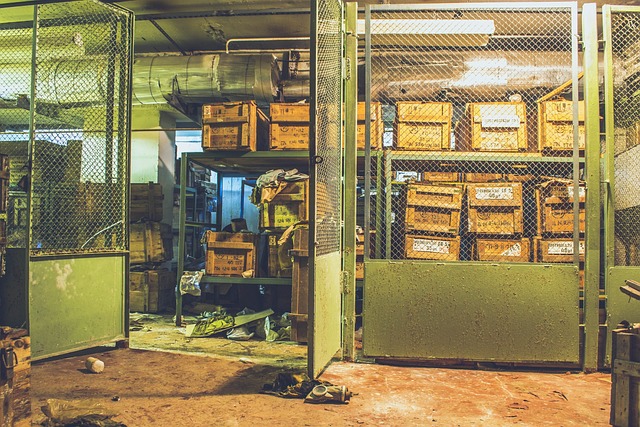When it comes to photography, the JPEG format stands out as one of the most widely used image file types. Its popularity stems not just from its ability to compress images for easy sharing and storage, but also from the way it captures the essence of a moment—a beautiful sunset, an intimate portrait, or the intricate details of a bustling city. Mastering JPEG is about more than just technical know-how; it’s about embracing the art of photography while ensuring your stunning images are preserved in their best light.
Imagine wielding your camera, expertly framing each shot with precision. As the shutter clicks, you’re not just capturing a picture; you’re freezing an emotion, a fleeting moment in time. JPEG plays a crucial role here, balancing image quality with file size—allowing photographers of all levels to quickly share their artistry without sacrificing visual integrity. This balance is especially important for digital enthusiasts who engage in the vibrant world of social media and online galleries.
Yet, to truly optimize your photography files in JPEG format, understanding its characteristics is essential. The format employs lossy compression, which means some image data is discarded to reduce file size. While this makes JPEGs more manageable, particularly for those who shoot at high resolutions, it is vital to find the sweet spot between quality and compactness. Knowing when to choose JPEG over RAW or other formats can help photographers curate a stunning portfolio that’s both eye-catching and practical.
As you navigate the intricacies of digital optics, keep in mind the importance of using the right settings to enhance your JPEG images. Proper exposure, white balance, and focus are crucial components of great photography. With each decision you make while shooting, you directly influence how the JPEG will represent your vision. This is where the magic of photography truly shines—capturing not just light but also the mood and story behind every click of the shutter.
Editing also plays a pivotal role in refining JPEG files. When enhancing your photos, remember that subtlety is key. Over-editing can easily lead to artifacts that detract from the image’s quality. Instead, embrace the editing tools available to breathe life into your photos while maintaining the integrity of the original shot. This harmonious blend of artistic expression and technical skill will result in stunning images that resonate with viewers.
Ultimately, mastering JPEG is a journey into the heart of photography. By discovering how to optimize this file format, you free yourself to focus on the artistry of your craft. Embrace the adventure of exploration—whether it’s experimenting with your camera’s capabilities, refining your editing techniques, or seeking to evoke emotion in your audience. With JPEG as your ally, each photograph becomes not only a visual representation of a moment but also a testament to your growth and passion as a photographer.


